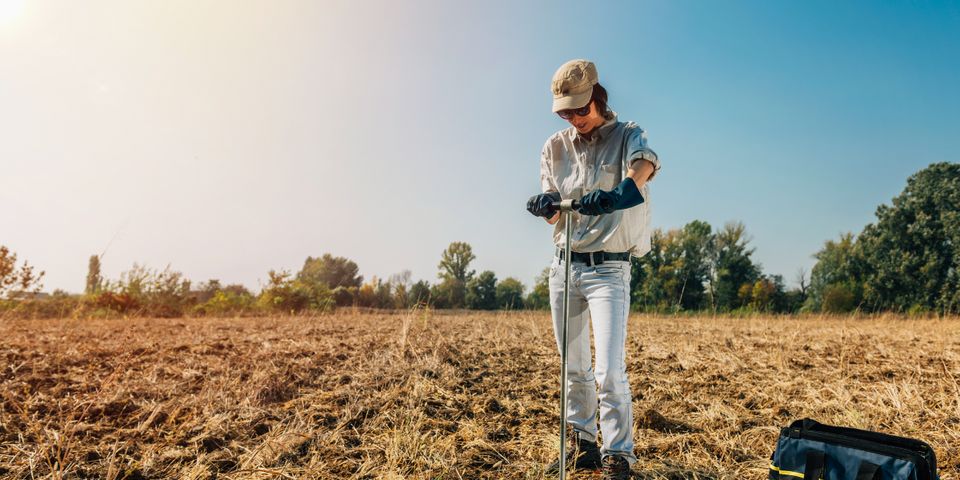
When you purchase land that you plan to develop for a commercial property, having a geoscientist test the soil for harmful gases before starting the project helps you protect employees and avoid setbacks along the way. Often, nitrogen, methane, and radon can be trapped underground, building up in toxic concentrations that are released when you start digging. They can also contaminate the groundwater, which is dangerous if you need a well. Below is more information about this issue to help you avoid problems.
What Is Soil Gas?
Soil gas is found in the air gaps between soil particles. While oxygen helps plants and organisms survive, other natural gases are produced by environmental contaminants. For example, landfill waste, mining activities, and petroleum hydrocarbons produce toxic gases. While these gases do not affect humans when they are trapped in the ground, they can leak during the construction process, allowing them to filter through the foundation of the new building.
Soil gas can also enter through wells, sewers, drain lines, and ventilation systems as it permeates through the loosened soil. To test for soil gases, a geoscientist will take samples of the soil and send them to a lab to determine whether the dirt contains harmful chemicals. This allows them to examine the makeup of the surrounding area, helping you find the best place to build.

If they find that toxic gases are present, they can recommend a variety of solutions. For example, installing a high-quality ventilation system helps minimize the presence of gas. They may also advise that you choose a new site on the property if you have the available space, as some areas may have lower concentrations of chemicals. Finally, you can install monitoring systems that alert you when gases enter the building.
What Are the Dangers?
Exposure to soil gases can result in long-term health effects for your employees and customers. For example, radon is one of the most dangerous because it is radioactive. When someone inhales this chemical, the lining of their lungs absorbs it, damaging the cells and contributing to lung cancer, making it the second-leading cause of this condition.
Methane is another dangerous gas because it is flammable in low concentrations and explosive in higher concentrations. This is especially dangerous if your building regularly uses industrial equipment, as a leak can lead to fires and other issues. If nitrogen gas leaks inside, it can displace the oxygen, making it harder to breathe. In high concentrations, it can even prevent someone from getting oxygen entirely.
When you need a geoscientist to test your soil before starting a construction project, contact GeoTek Alaska in Anchorage. This reputable drilling company uses specialized equipment to collect and analyze soil and water samples throughout the state. They also handle well monitoring and utility locating. Call (907) 569-5900 to speak with a team member. Visit them online for more information about their services.
About the Business
(6 reviews)
Have a question? Ask the experts!
Send your question

